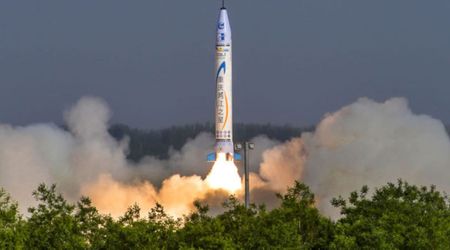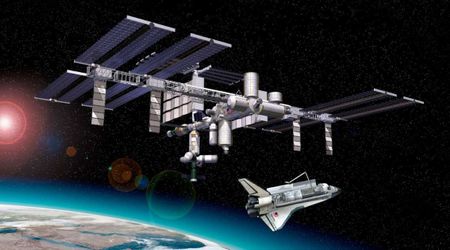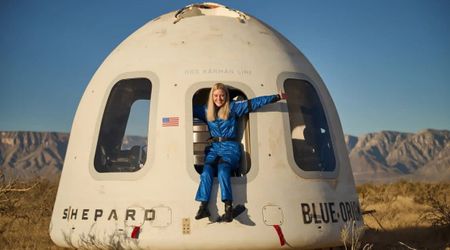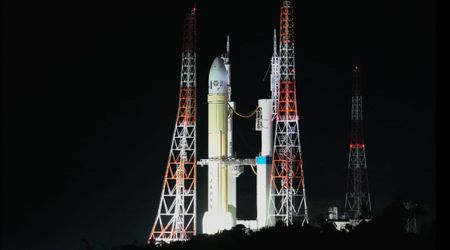NASA Chief suggests reconsideration of SpaceX lunar lander contract amid 'race against China'

NASA's timeline for returning astronauts to the Moon is in jeopardy, leading the agency to consider replacing SpaceX as the primary provider for its lunar landing vehicle. Acting NASA Chief Sean Duffy suggested in a series of media appearances that the agency is prepared to terminate or amend its high-stakes, $2.9 billion contract with Elon Musk's company, citing significant development delays, according to CNN Science.
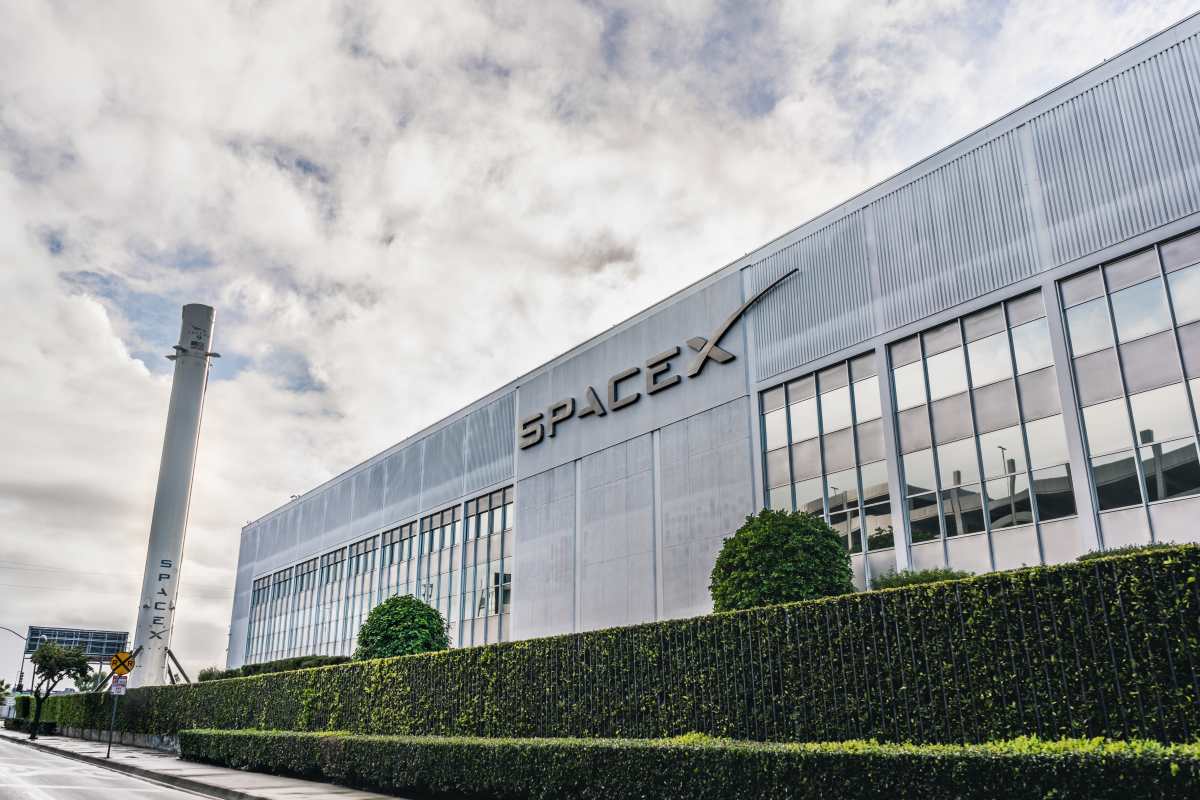
Duffy stated on CNBC's Squawk Box that he plans to "open up the contract" to greater competition, directly challenging the 2021 decision that originally selected SpaceX's Starship for the crucial Artemis III mission. The pressure stems from a desire to beat China in a renewed "space race" to the Moon. “They push their timelines out, and we’re in a race against China,” Duffy said, adding, "we’re not going to wait for one company."

This move represents a dramatic policy shift for the space agency. The Starship vehicle, intended to be the first human-rated lunar lander since the Apollo program, has faced considerable scrutiny from industry leaders over its complexity, which includes unproven requirements for in-orbit refueling. Starship has yet to complete a fully successful orbital test flight.

The Artemis III mission, currently scheduled for as early as mid-2027, is intended to mark the first human landing on the Moon in over five decades. Duffy confirmed to Fox News that the process to review the contract is already underway. NASA Press Secretary Bethany Stevens issued a statement confirming that both SpaceX and competitor Blue Origin have been given an October 29 deadline to submit "acceleration approaches" for their lunar lander development.
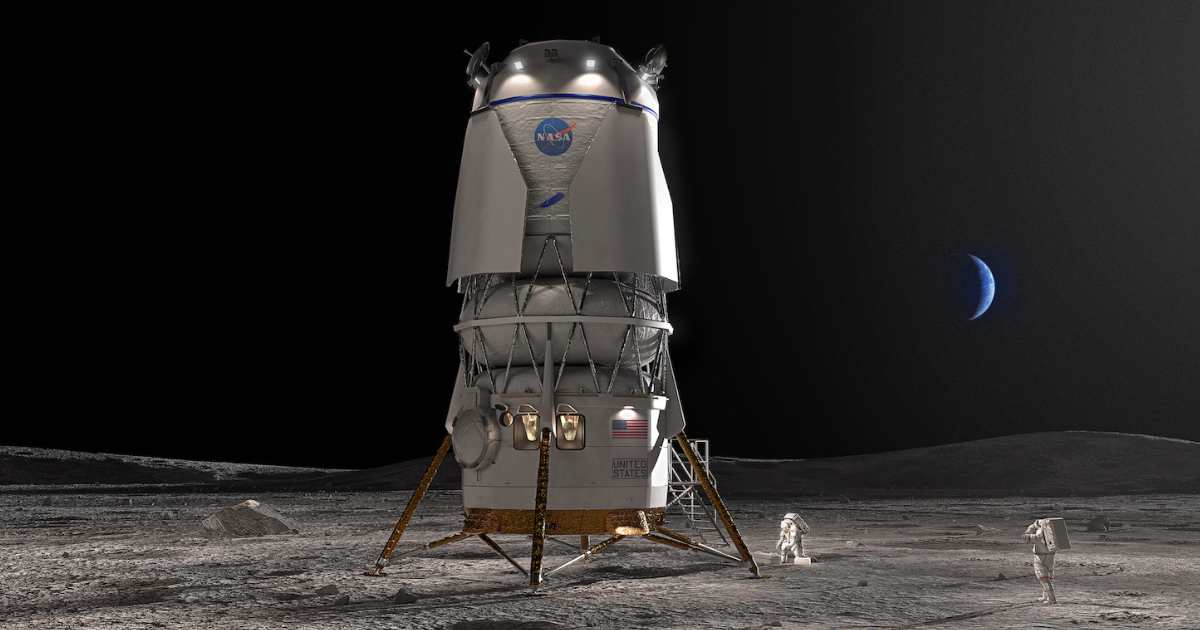
While Duffy mentioned Jeff Bezos’s Blue Origin, which already holds a separate NASA contract for a later mission with its Blue Moon lander, as a potential immediate replacement, he also indicated a broader call for proposals. NASA is issuing a Request for Information (RFI) to the entire commercial space sector to find new solutions and increase the pace of lunar missions, Stevens stated. “President Trump and Secretary Duffy have a mission to beat China back to the Moon," the statement read, adding the agency is "seeking solutions to develop more ways to land on the Moon."

China has publicly targeted a 2030 date for landing its taikonauts on the lunar surface, fueling urgency among U.S. lawmakers and officials. When asked about the situation, Blue Origin offered a terse response: it is "ready to support." SpaceX has not commented on Duffy's statements.
In his first major strategic move, interim NASA Administrator Sean Duffy is significantly accelerating the agency’s plans for lunar infrastructure. Duffy has issued a directive to establish a 100-kilowatt nuclear fission reactor on the Moon's surface with a definitive target launch date of 2030. This more aggressive timeline comes despite the space agency facing a significant budget reduction and is seen as a direct response to geopolitical competition. The push is specifically aimed at positioning the U.S. against a joint lunar endeavor between China and Russia.
More on Starlust
Top former NASA science officials oppose Trump's 47 percent budget cut in joint letter to Congress
